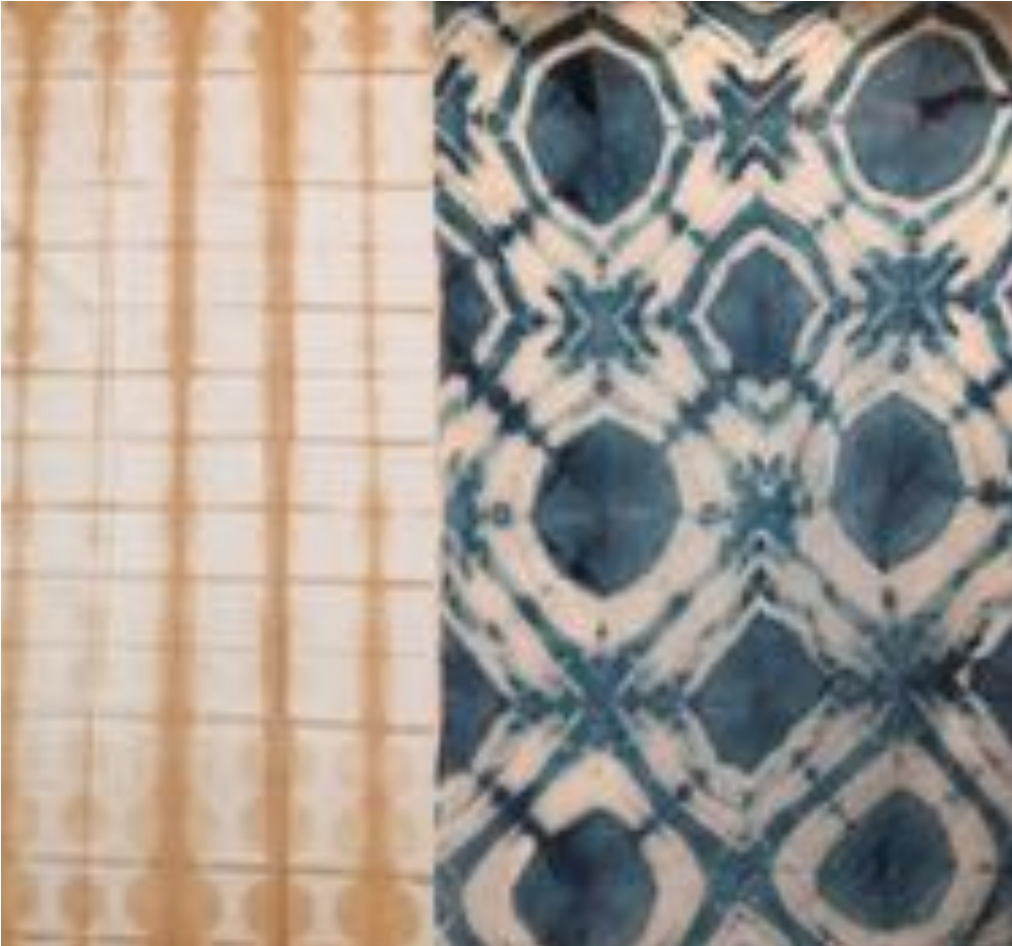A comparison of Japanese and Thai tie-dye method to develop patterns and products from natural dyed fabric with Shibori dyeing technique.
DOI:
https://doi.org/10.69598/sbjfa248044Keywords:
PRODUCT, NATURAL, TIE-DYED COTTON, SHIBORIAbstract
The purposes of this research were 1) to compare Japanese shibori tie dye technique with Thai natural tie dye method; and 2) to develop products from Thai natural tie dye fabrics using Japanese shibori technique. Documentary study, in-depth interview, and experiment were conducted. The procedures involved exploring the body of knowledge in relevant documents and researches about how to make natural tie dye fabrics with Japanese shibori technique, and field data collection at 2 case study sites including the natural tie dye group at Baan Kiriwong, Larnska district, Nakonsithammarat province and the agro-housewives group at Baan Thamtao, Argard-Amnuay district, Sakolnakorn province. The experiment of fabric dying with shibori technique was performed and the products made from the dye fabrics were designed. The documentary synthesis and structured interview were used as research instruments.
Results on the differences in designs of fabric patterns show that Thai designs have no definite patterns and they were varied each time, while those patterns with shibori folding can be designed beforehand and can also be produced repeatedly. The experiment of Japanese shibori tie dye technique using natural dyes found that the patterns came out as designed and can be used to develop products in modern looks as designed.
Downloads

Downloads
Published
How to Cite
Issue
Section
License
The journal's editorial team does not have to agree with the views and comments in the author's article, nor are they responsible for the comments.











